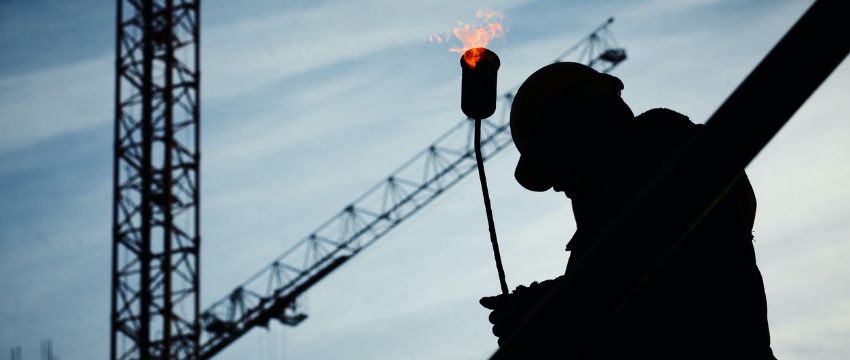
In the construction industry, preventing accidents and injuries among personnel is a top priority. Addressing this concern, this article will review the industrial safety equipment required to ensure the protection and well-being of workers.
In construction and its related industries, there are many high-risk jobs that can lead to illnesses, accidents, or injuries.
Examples of these hazards, which safety regulations aim to prevent, include the following:
Given the diverse origins of these risks, it is important to understand that workplace safety on construction sites and in material production plants depends not only on compliance with regulations, but also on good practices during the construction process and the use of appropriate protective equipment.
The construction industry is one of the most dangerous sectors in the country for its workers. That’s why it is essential to understand the precautionary measures needed to ensure worker safety and to seek solutions that help safeguard the well-being of everyone involved.
In this regard, the integration of technology for process supervision is an excellent ally in reducing the likelihood of accidents while maximizing the performance and productivity of concrete plants and increasing business profitability.
As we’ve seen, in high-risk jobs, hazards can be physical, ergonomic, chemical, biological, or psychosocial. However, some of these risks can be eliminated using protective equipment such as:
Training personnel in the handling of materials, tools, machinery, and protective equipment, as well as monitoring these processes and identifying the specific risks of each project, is key to ensuring acceptable working conditions.
It’s important to keep in mind that although each country’s legislation imposes different safety rules regarding occupational risk prevention, the following are commonly shared measures:
With the help of solutions like Ready-Mix Suite, automating processes from concrete manufacturing to its delivery and use on-site is a decision that supports not only quality, but also the safety of your clients and the construction personnel.
Implementing proper safety equipment and optimizing processes with Arkik will help you reduce risks and improve efficiency in your concrete production. Contact us and learn more about what we offer!